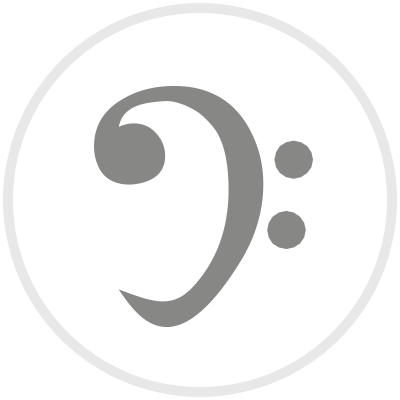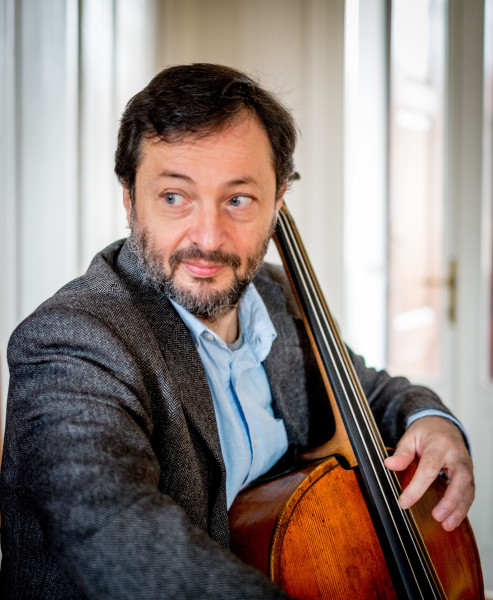Festival ANIMA MEA LA MANO DELL'ARCO, il violoncello del secondo '700 tra «stile galante» e classicismo
 Classical music
Classical music

Certainly! Here's the translation of the provided Italian text to English:
Two great interpreters of the cello, Gaetano Nasillo and Sara Bennici, assisted by a first-rate harpsichordist like Luca Guglielmi, explore Italian chamber music between the "galante style" and classicism through a collection of refined and, in some cases, rare solo sonatas for cello and basso continuo from the 1760s-70s, pieces at the center of the concert "The Hand of the Bow."
On November 15, 16, and 17 in Sannicandro, Bari, and Palo del Colle for "Anima Mea."
The cello in the late 1700s
between "galante style" and classicism
In the concert "The Hand of the Bow" with Gaetano Nasillo and Sara Bennici
Two great interpreters of the cello, Gaetano Nasillo and Sara Bennici, assisted by a first-rate harpsichordist like Luca Guglielmi, explore Italian chamber music between the "galante style" and classicism through a collection of refined and, in some cases, rare solo sonatas for cello and basso continuo from the 1760s-70s, pieces at the center of the concert "The Hand of the Bow." This happens on Friday, November 15, at the Stables of the Castle of Sannicandro di Bari, Saturday, November 16, at the Church of Santa Scolastica in Bari, and Sunday, November 17, at the Church of the Purgatory in Palo del Colle (always starting at 8:30 PM) for the traveling early music festival Anima Mea, directed by Gioacchino De Padova and organized with contributions from the Ministry of Culture, the Region of Puglia, and the Municipalities of Bari, Andria, Palo del Colle, Sannicandro di Bari, and Minervino Murge, the Chamber of Commerce, and with the sponsorship of Rai Puglia.
Introduced by a reading by actress Nunzia Antonino from the book "I Was Just Loving You" by Rosella Postorino, the program includes two Sonatas by Stefano Galeotti (Nos. 1 and 2 from Op. 1) and two by Carlo Graziani (Nos. 2 and 5 from Op. 3), all rarely performed, with the Sonata in C major G. 17 by Luigi Boccherini in the central position, a composer and cellist considered the foremost representative of instrumental music in European Romance-speaking countries during the Classical period.
"Characterized by the blend of a baroque ensemble with advanced cello techniques, these sonatas," explains musicologist Annamaria Bonsante, "express an aesthetic rivalry between the traditional use of continuo and the modernity of the galante melodic profile." Indeed, there is a contrast between emotions and rationality, and the predominance of the major mode to counteract pathos.
The collections of Graziani, Galeotti, and Boccherini, Italian cellist-composers, fully express these characteristics. In this historical period, all keyboard instruments coexist (harpsichords, organs, fortepianos), exploring new horizons of taste and use. But while the violin and flute are established as accompanying instruments to the fortepiano, the cello continues to engage in a nostalgic dialogue with the basso continuo, as evidenced by the works on the program. This practice reflects the role of the cello, which stands out in the eighteenth century for its multiple resources: as a foundational instrument in orchestral scores and basso continuo groups up to the 19th century, as well as a real part in string quartets with its "human" voice, as a soloist and continuo player.
Info 334.2913041. Tickets and subscriptions at www.postoriservato.it.
|
City: Sannicandro di Bari (Bari)
Venue: Castello di Sannicandro
Venue: Piazza Castello
8:30 pm
paying entrance
|
| |
|
|
252 views


 Classical music
Classical music

